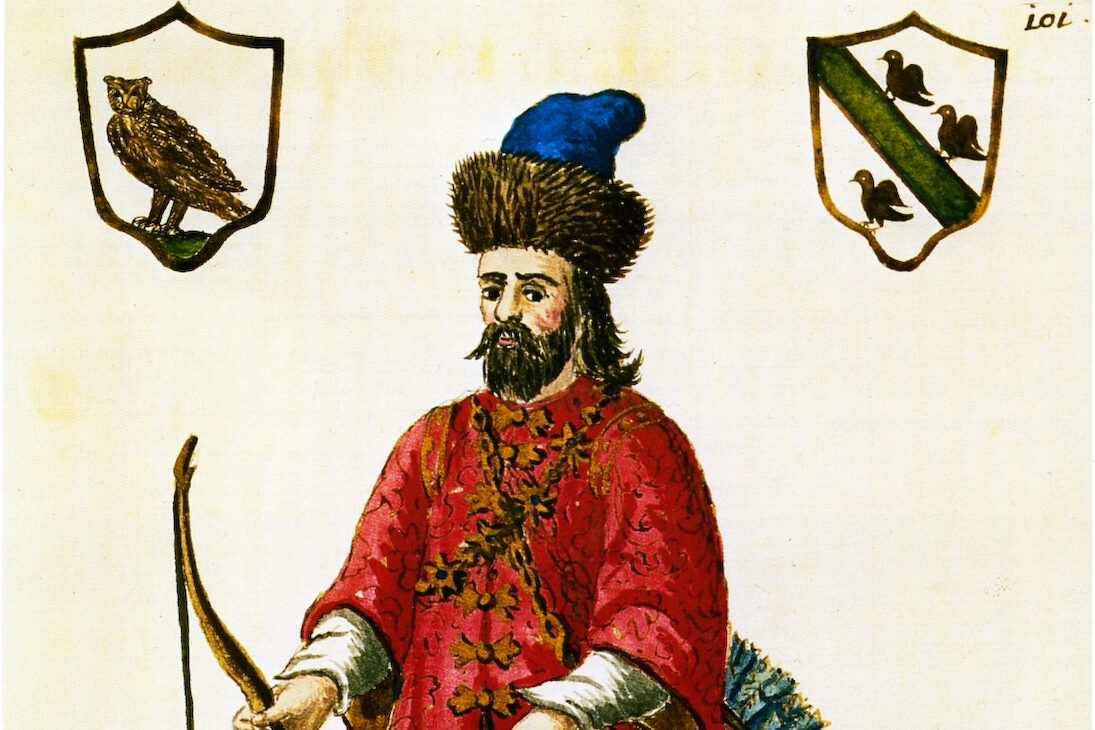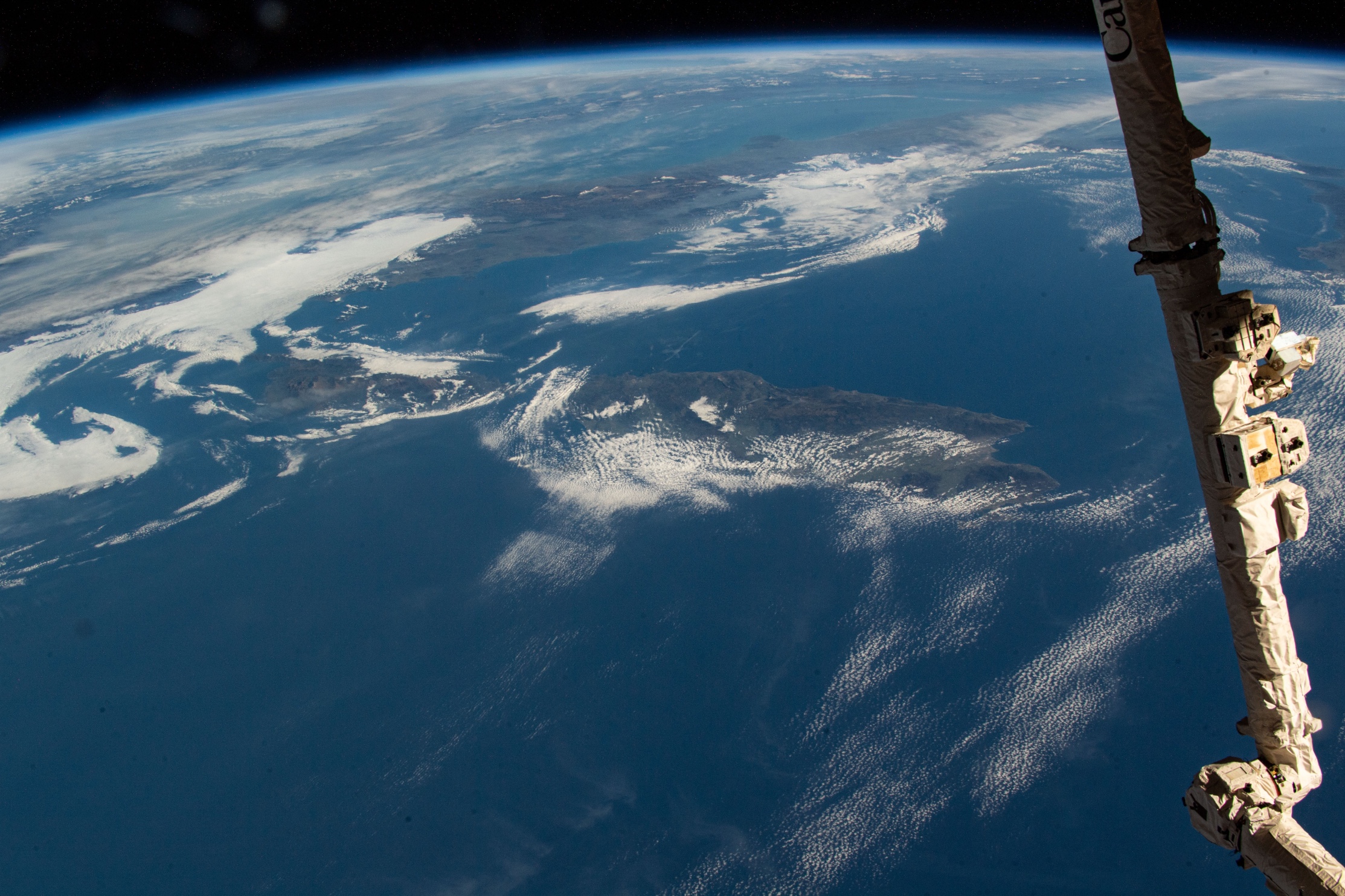Science has no boundaries. International collaborations are a sine qua non of the work of researchers and their training. And the more does that work rely on the “solitude” of those labs where connections and relationships with the rest of the world develop, the stronger it gets.
It’s nice to hear how an Italian team – formed in the US, but that has now settled in Italy – didn’t only take part into the American “Genome Project,” but also offered an essential contribution to this important page of the history of Biology. Yes, Biology: with a capital “B.” Because finally revealing the secrets of our genetic patrimony, learning to read the sequence of life’s alphabet enables Humankind to make a step unimaginable only a handful of years ago. A step that tells us about the extraordinary level of competence, training, and professionalism of Italian universities, which we, too often, forget to list among the many excellences of our Made in Italy. Design, fashion, craftsmanship, luxury products are all traditionally and commonly associated with the Belpaese, just like good food, the arts, Beauty and music. But the industrial sector, technology and scientific research should gain the front page more often, too.
Because from North to South, Italian universities often reach impressive levels, especially when considering they receive half the financial support of academic institutions in other countries. They have to make do without the many talents who chose to study and work abroad. Yet, they manage to develop skills that you won’t find anywhere else, if we trust the prestigious American universities that rely on Italian scientists, because they specialize, just like those at the Università di Bari, in a research field, which is as difficult as it is rare. Rare like the ability to read the segments of our genome, to decode our chromosomes piece after piece.
Even more importantly, such sought-after, state-of-the-art skills and research are far from being an isolated example. Quite the opposite! We only need to remember how, less than 48 hours after the first two cases of Covid-19 were recorded in Italy, virologists at the National Institute of Infectious Diseases at Rome’s Spallanzani hospital had already managed to isolate the virus that caused it.
But the list of Italy’s great discoveries, scientific results and technology – nurtured, built, observed, revealed and finely tuned in our laboratories – is so extensive it’s really quite incredible that the association between our country and research is not more immediate. We’d only need to mention, just to take another example, that Europe chose an Italian astronaut, Samantha Cristoforetti, to join the crew of the ISS; and that many of the components helping the International Space Station to travel around the Earth at 400 km of altitude have been designed and produced in Italy.
An Italian scientist we all know, Galileo Galilei, conceived the scientific method and, for this reason, is considered the father of modern science. In 1610, Galileo – who came from Pisa – had the first telescope built and, thanks to it, he discovered that the surface of the Moon is the same as the Earth’s; he found out that the number of stars was endless; he saw the Moon’s mounts, Saturn’s rings, Jupiter’s satellites, the Sun’s spots; he observed the phases of Mercury and Venus; he understood the magnitude of the Milky Way. If you keep all this in mind, then it’s not surprising to find out that many of the parts making up the Perseverance Rover – the very same which is moving around and taking pictures on Mars – are Italian. In fact, the ExoMars 2022 mission owes about 40% of what it is to Italy: the most conspicuous contribution among all European countries, both from the point of view of technology and know-how. It must mean something.
Even the picture, taken by the Event Horizon Telescope, of the black hole at the very heart of our galaxy that appeared in recent times on the front pages of all papers in the world, is the result of an international collaboration between more than 300 researchers and 80 institutes, where Italy is also protagonist. Just another demonstration of the value of our scientific research sector.
We should learn to give it more importance, and consider it a badge of honor and prestige. We should trust the potential of all the talented researchers who work in our universities, an intangible wealth that produces very concrete results. We should mention them, we should show off more often the scientific professionalism and ingenuity that have been making Italy great, both nationally and internationally. We should see science as a strength of our country. A strength we can trust.
































